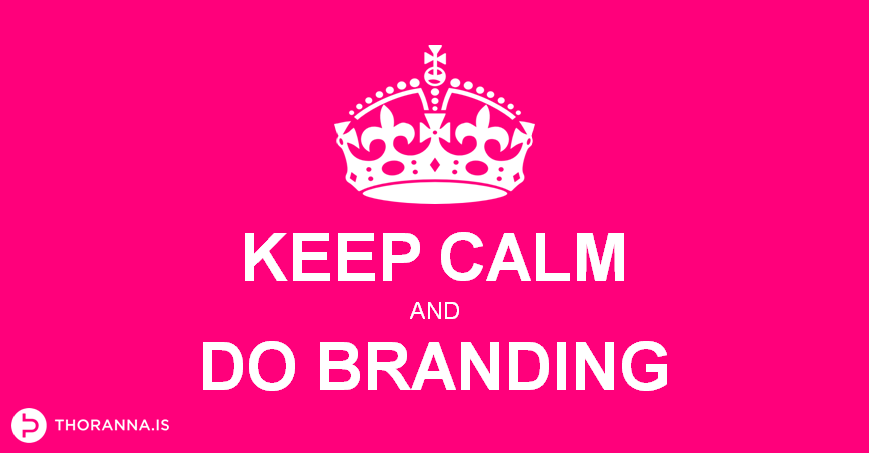Danielle Kost, hbswk.hbs.edu image (not from article) from
image (not from article) from
Countries such as Israel now realize they need to engage in public diplomacy [JB underlining] as well as foreign diplomacy, and in place branding, not just political advocacy, says Elie Ofek.
The 70th anniversary of Israel’s founding last year stirred reflection about the country’s image, values, and position in the world among everyone from former diplomats to Hollywood actors.
Despite efforts to portray Israel as modern and safe, the Israeli-Palestinian conflict and the country’s complicated history still dominate public consciousness. Memories of failed peace talks tend to loom larger than Israel’s image as a startup nation. Thousands of Instagram posts from Tel Aviv’s gay pride festivities or the buzz from winning the recent Eurovision song contest may not be enough to overcome decades of TV footage of soldiers and tanks that linger in the mind.
To Harvard Business School marketing professor Elie Ofek, it’s more proof that influencing long-held perceptions about a region requires more strategic thinking. After all, it took more than billboards and press junkets to turn Santa Clara County into Silicon Valley.
“Countries are beginning to realize—Israel being one of them—that they need to engage in public diplomacy, not just a foreign diplomacy, and in place branding, not just political advocacy, ” says Ofek, the T.J. Dermot Dunphy Professor of Business Administration. “Part of that is affecting what people in other countries perceive your country to be.”
What does it take to create Denmark’s reputation for modern design or Bali’s Eat Pray Love-style picture of tropical centeredness? Ofek examined the underlying factors behind winning and losing place branding efforts in two recent cases, “The Brand Management of Places” and “Israel at 70: Is it Possible to (re)Brand a Country?”
Success without a roadmap
Government and business leaders hoping to shift the conversation about their regions might look to another city’s successful campaign for ideas, but there’s no one-size-fits-all strategy. Capturing a city’s unique spirit and complex tapestry requires a custom approach. That said, many of the branding rules that apply to soda, clothes, and cars, also apply to places:
Understand the brand and stay true to it. Twenty years ago, before The Lord of the Rings film trilogy elevated New Zealand as a fantasy destination, the country was struggling to set itself apart from Australia. In-depth interviews, focus groups, and surveys revealed that New Zealand could appeal to a specific stripe of unpretentious traveler—one who values adventure, freedom, and nature.
The resulting “100% Pure New Zealand” campaign—which targeted travelers in the United States, Germany, United Kingdom, Australia, and Singapore—helped boost tourist visits by 50 percent from 1999 to 2005. New Zealand couldn’t have achieved that success if it lacked the goods to support the image of raw serenity it presented to the world; yet it took a concerted marketing effort that highlighted these elements in an attractive way to succeed.
Prepare to invest money and time. Ten years ago, South Korea set out to remove the “Korean Discount” on its exports and raise its standing on the world stage. Armed with a $74 million branding fund, the President’s Council on Nation Branding began a multiprong effort in 2009 to position South Korea as an important global player, showcase its welcoming culture, and boost quality perceptions of its products and entertainment content.
Over five years, South Korea increased aid and volunteer work abroad, hosted the G-20 Summit, promoted Korean language education, and even advanced the image of its national sport, Taekwondo. While the investment was significant, South Korea ultimately surpassed its benchmarks and sparked new interest in its culture, setting off a K-Drama (Korean television drama) and K-Pop (Korean pop music) craze, with music exports, for example, expanding ninefold to $277 million in 2013.
Think virally and socially. When New York City sought to bring back fleeing companies during its 1970s financial crisis, bank marketer turned public servant Bill Doyle knew he had to bring tourists back first to dispel the city’s "Taxi Driver" image of grit and danger. His team created the iconic "I (heart) NY" slogan and encouraged companies to print it on everything from T-shirts to flags, making it instantly ubiquitous. The warm heart and bold typeface stoked positivity, and along with a series of events and clever ad campaigns tied to this theme, helped lift tourism spending long after its initial launch. And by emphasizing how the city had embraced a pro-business mindset, New York City was once again a magnet for companies.
With its targeting capabilities, relatively low cost, and vast reach, social media has become an essential marketing channel, especially for those trying to reach young consumers. The Israeli nonprofit Vibe Israel, for example, has been funding Instagram influencers to visit the nation and share their experiences with their followers, pushing authentic messages to key consumer groups, such as affluent parents.
Establishing street CRED
Switzerland [JB: see], Germany, and Japan dominate brand rankings. Intentionally or not, each country has cultivated an image that’s true to its national character. Their branding messages have “CRED,” as Ofek calls it. In other words, they are:
Credible. The qualities a country promotes must reflect reality. Spain’s legalization of same-sex marriage in 2005 reinforced the country’s shift to a liberal image, which reflects three decades of secularization after the death of dictator Francisco Franco.
Relevant. Governments can’t sway the opinion of a disinterested audience. The imagery and associations of the place need to matter to the targeted audience. A branding campaign that highlights France’s beautiful countryside and rich cheeses won’t resonate with tech entrepreneurs.
Enduring. Building a brand around renewable energy might not stick if oil prices fall for a sustained period or a pro-coal leader takes power, but the unique essence of a city never fades and should form the backbone of the branding effort.
Different. The brand needs to stake out a position that allows it to stand out relative to other regions. A Caribbean nation might need to highlight its luxury amenities or access to water sports to stand out among its island neighbors.
Marketing isn’t magic—or is it?
Brand strategy alone can’t typically overcome controversial policies or unpopular leaders, or make an oppressive regime seem tolerant. There’s also a fine line between influential outreach and propaganda that leaves audiences feeling manipulated, Ofek says.
However, the right branding can radically improve a country’s fortunes and diplomacy by adding powerful dimensions to its image, triggering ripples that flow down to major industries, companies, and residents. And tapping into consumers’ deepest aspirations can pay off for decades to come—consider Apple.
“If I'm using Apple, I'm thinking, ‘I’m different. I'm more cool, more hip,’” Ofek says. “Those sentiments are much harder to instill for countries, but it’s possible, and marketing can help.”
Danielle Kost is senior editor at Harvard Business School Working Knowledge.
Original Article
Branding Sells Cereal, Handbags, and Vacations. Can It Sell a Country?
Views: 2








